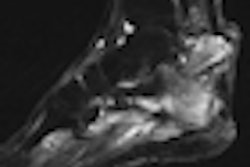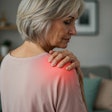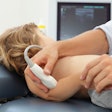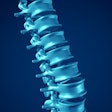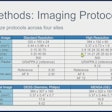Dear Musculoskeletal Imaging Insider,
This edition of the Insider features a Swiss study on MR arthrography that provides information on when patients can expect to feel the most postoperative pain after injection.
Researchers from the Orthopedic University Hospital Balgrist in Zurich found that patients who undergo MR arthrography temporarily experience the most pain in the affected joints four hours after injection. The good news is that the pain disappears within one week.
Patients 30 years of age or younger experienced the greatest amount of discomfort at the four-hour mark. The researchers speculated that it might be because that age group is more active and less likely to sit around waiting to heal. Read more about this interesting study by clicking here.
Also in this issue, MR arthrography outperformed 3-tesla MRI in diagnosing partial-thickness supraspinatus tendon tears and superior labrum from anterior to posterior (SLAP) tears in a U.S. study. MR arthrography also was more accurate than conventional MR in diagnosing full-thickness supraspinatus tendon tears, as well as anterior and posterior labral tears, but the statistical difference was less significant. Click here to learn more.
In addition, staff writer Cynthia Keen reports that the higher resolution of a prototype flat-panel volume CT scanner has enabled U.S. researchers to detect changes in the bone structure of girls with anorexia nervosa, even before declines in bone mineral density are evident.
Researchers from Massachusetts General Hospital in Boston used flat-panel CT to assess trabecular bone microstructure of adolescent girls diagnosed with mild cases of anorexia whose bone mineral density tests were normal. Flat-panel volume CT revealed abnormalities of bone structure that were not identifiable with dual-energy x-ray absorptiometry (DEXA), quantitative ultrasound, and/or quantitative CT.
And staff writer Eric Barnes details how University of California, San Francisco researchers found that adding a CT-based bone mineral density test to virtual colonoscopy (also known as CT colonography) data is an easy way to increase the utility of a single CT dataset without doubling up on radiation exposure, time, or exam costs.
All of us at AuntMinnie.com would like to thank you for your loyal support this year. We look forward to providing more groundbreaking research and news in your Musculoskeletal Imaging Digital Community in 2009. Have a joyous and safe holiday season and a healthy and prosperous new year!







